Composable Business


The SAP community has learned how to deal with complex systems over the past 50 years - but it must not become complicated. Two KPS reference customers prove that the approach can succeed with a platform strategy. At The KaDeWe Group, Michael Peterseim proves that two department store groups with very different histories can be consolidated on S/4 Hana, and at Symrise, a manufacturer of fragrances and flavors, Stefan Tittel shows why a customer experience is also becoming very important in B2B.
In the run-up to the event, E-3 Magazine held a virtual meeting with Stefan Tittel, Symrise, Michael Peterseim, KaDeWe, Mario Zillmann, partner and analyst at Lünendonk and Hossenfelder, and Katrin Wischhusen and Philipp Krueger from KPS. Round table discussion guided. The recording of the video stream is available free of charge on the E-3 YouTube channel available for download. The conversation covers the key challenges of a digital transformation with the practical approach of an 80/20 rule and what this design principle will mean for an S/4 implementation at KaDeWe and Customer Experience, CX, at Symrise.
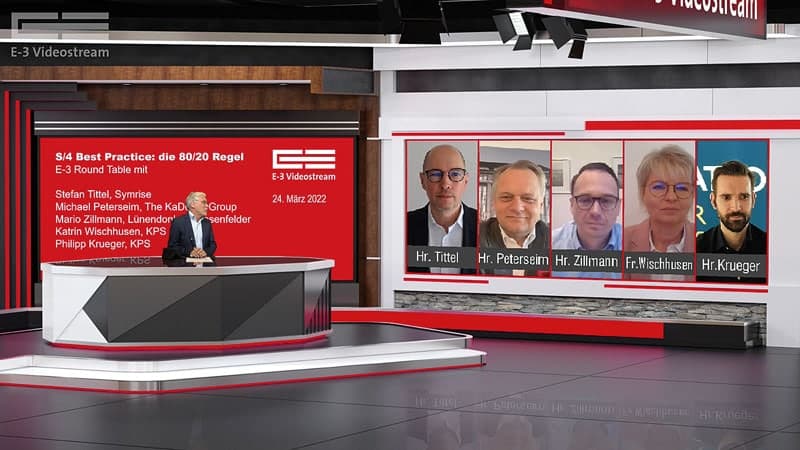
Although at first glance the IT challenges of Michael Peterseim and Stefan Tittel may seem very different, at their core both tasks - S/4 and CX - are part of the digital transformation, which is about new business processes and mastering complexity. As such, the projects fulfill the need for a Composable Business. On Wikipedia you can read about the term Composability: It is a design principle that deals with the interrelationships of components. A highly composable system provides components that can be selected and assembled in various combinations to meet specific user requirements.
Best of breed and KPS platforms
Thinking in terms of components and modules has been familiar to SAP's existing customers since R/2. The technology of cloud computing and the numerous acquisitions and takeovers by SAP in recent years have further advanced the idea of composable systems. However, to prevent this specific best-of-breed approach from collapsing or falling apart and becoming unrepairable with individual one-off decisions, the SAP inventory customer needs one or more platforms and a systemic concept that keeps them in the standard.
KPS' asset is the combination of a Composable Business with an 80/20 rule approach. Michael Peterseim explained in conversation how he holds up the ERP standard with an advocate concept and only allows modifications in verified exceptional situations, see also page 49. SAP calls it: Keep the Core clean. This is intended to prevent the proliferation of Abap modifications in the Z namespace in future S/4 systems. SAP's existing customers hear this demand very clearly, but without the design principle - composability - implementation is a Sisyphean task. However, KPS has developed platform concepts for this, which Katrin Wischhusen and Philipp Krueger presented in the E-3 round table discussion and which can be read about on the following pages.
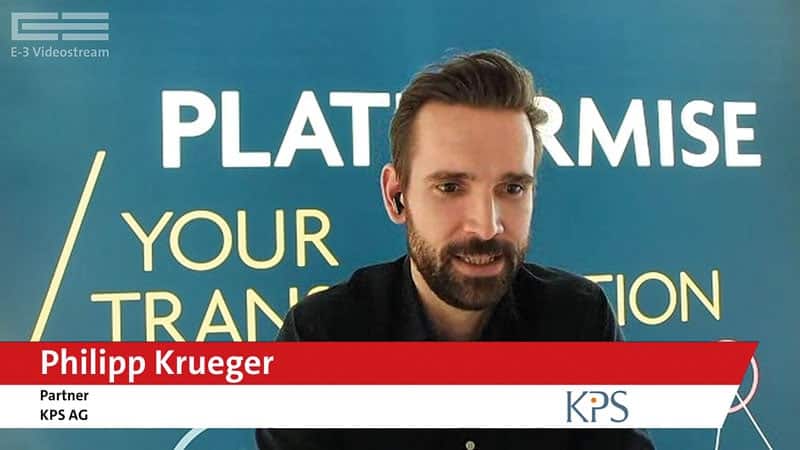
"Composable business is not yet pervasive in the business community because it requires a change in corporate thinking", analyst Monika Sinha of Gartner said in a report late last year. "Traditional entrepreneurial thinking views change as risk, while Composable Thinking - compositional thinking - is the means to manage the risk of accelerated change and create new business value." CIOs implementing Com-posable Architecture recognize that business conditions change frequently, from customer requirements to financial models, and empower their teams closest to the action to respond and re-form to these new conditions.
A study by Lünendonk and Hossenfelder defines it differently, but in the same sense: The value-enhancing use of IT to meet customer and business needs will be the focus in the coming years. The conversion and expansion of customer-centric processes will lead to the increased use of technologies such as artificial intelligence or robotic process automation to automate and optimize processes. "Digital technologies lead to more speed and flexibility, for example to react faster to customer needs. Efficient customer service can create a clear competitive advantage and delight customers."explains Mario Zillmann, partner at Lünendonk and Hossenfelder and author of the study. Therefore, 78 percent of companies will focus on automating customer processes using digital technologies by the end of 2022.
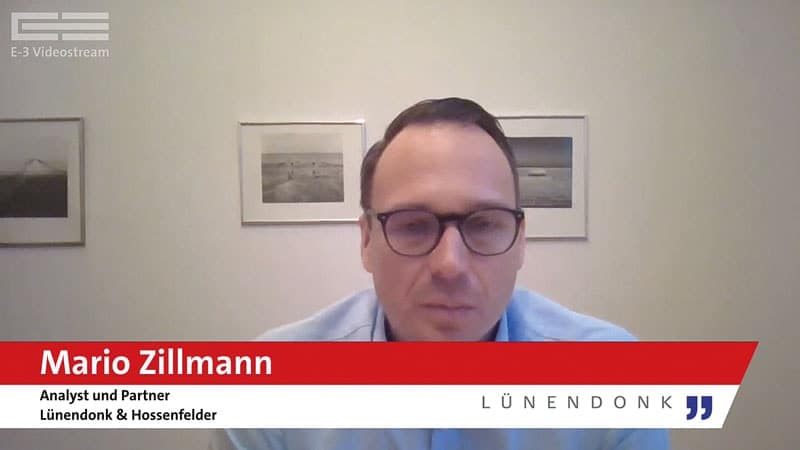
The common denominator of all these efforts is cybernetics, a science that deals with the control and information flow of complex systems. This is about the functionality of a networked system - similar to what is currently defined by the term composability. This systemic organization and control naturally need a basis, which in the theoretical area is the generic ERP model of S/4 and in the practical area the platform offering of KPS.
Based on 20 years of experience, KPS has developed platforms tailored to individual industries, the KPS Instant Platforms. On the platform, all E2E
Business scenarios of an industry with around 50 use cases available as S/4 Hana and customer experience solutions. "Can be experienced directly in the system, integrated, tested and documented according to common norms and standards"explains Katrin Wischhusen. The basis is the SAP ERP standard; some specific, individually developed use cases for the industry are also included. For visualization down to the level of individual process steps, KPS uses the SAP offering Signavio. For documentation or online click instructions, the SAP tool EnableNow. The KPS Instant Platforms are available at a fixed price.

Digital Experience Services
According to the Lünendonk study "The Market for Digital Experience Services in Germany," marketing and sales managers are increasingly focusing on marketing products and services via digital channels as part of their digitization strategies. This is also the area of responsibility where Stefan Tittel from Symrise successfully collaborates with Philipp Krueger from KGS. 83 percent of the companies surveyed by Lünendonk are focusing their investments this year on establishing and expanding digital marketing, communication and sales channels. Competitors that already offer a good customer experience and provide their customers with easy access to products and services are thus seen by many companies as a major threat. The current study on Digital Experience Services (DXS) by the market research and analyst company Lünendonk and Hossenfelder is available free of charge on the analyst's website.
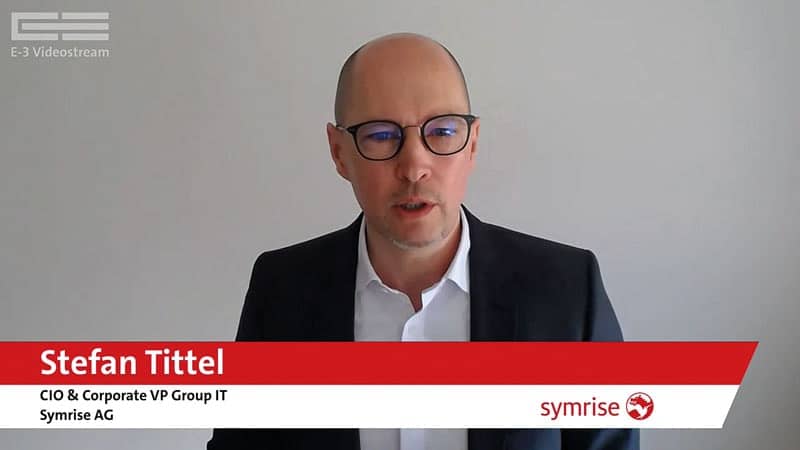
The challenges in industry and retail that have existed for many months are changing customer requirements and promoting omnichannel management: This results in greater use of digital channels and offers. Customers therefore expect the same quality and availability of offers online that they are familiar with from the offline world - a topic addressed by both Michael Peterseim from The KaDeWe Group and Stefan Tittel from Symrise. "Seamless integration of online and offline offerings in terms of omnichannel management is essential to achieve a high-quality customer experience"explains Mario Zillmann, author of the study.
Touchpoints and Omnichannel
Three quarters of those surveyed by Lünendonk see the fragmentation of customer touchpoints and the resulting need to build omnichannel strategies as rather or even very challenging. However, only 22 percent consider themselves to be in a position to link all customer interaction points to a 360-degree omnichannel strategy.
overall view as being far advanced. "For us, it is essential that the core business is mapped as quickly and cleanly as possible," says Michael Peterseim, Managing Director of Finance, Operations and Digitization at the KaDeWe Group, adding to the statements made in the Lünendonk study: "Business continuity must be ensured while expanding omnichannel capabilities, harmonizing touchpoints across all channels, and optimizing the customer experience." (See also page 46 of this cover story.)
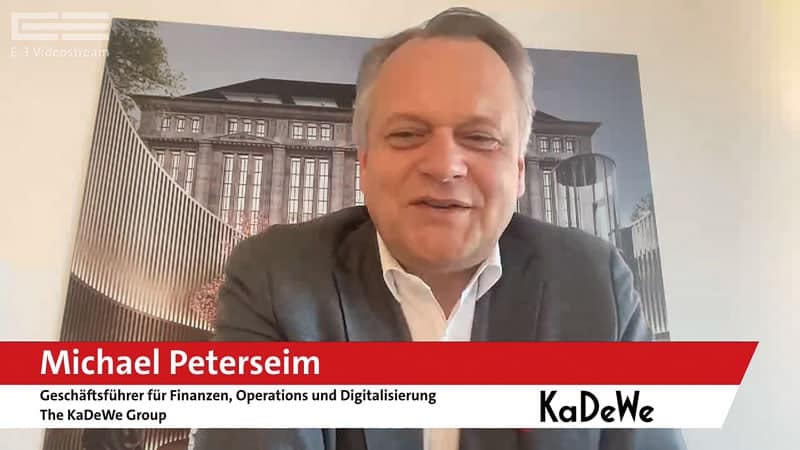
Mario Zillmann writes in the foreword to the cited study: "The high speed of digital transformation and the adaptation of new digital technologies represent a challenge for 77 percent of companies. The lack of digital experts also makes digitization difficult - a perennial topic. This is where KPS comes in with the aforementioned 80/20 rule: A quick entry into the new ERP world can succeed if customizing is carried out close to the standard, which naturally does not exclude individualization, but must be done with great care.
Composability through change
In the digital age, enterprise architectures must be designed for uncertainty and constant change. Instead of optimizing for efficiency, the composition-enabled organization optimizes for adaptability. Systems, processes, and people no longer serve a single use case or purpose. "Digital business initiatives fail when management commissions projects from the IT organization and then shirks responsibility for implementation results by treating it as just another IT project"says analyst Monika Sinha of Gartner. "Instead, companies with high composability are embracing distributed accountability for digital outcomes, reflecting a shift that most CIOs have been seeking for several years, as well as the creation of multidisciplinary teams that bring together business and IT units to drive business success."
Katrin Wischhusen also clearly recognizes the change to composability. In the E-3 Round Table, she said that past experience would of course help to enter the next ERP generation with increased discipline and close to the standard. However, this also requires the right tools and concepts, such as the 80/20 rule.






